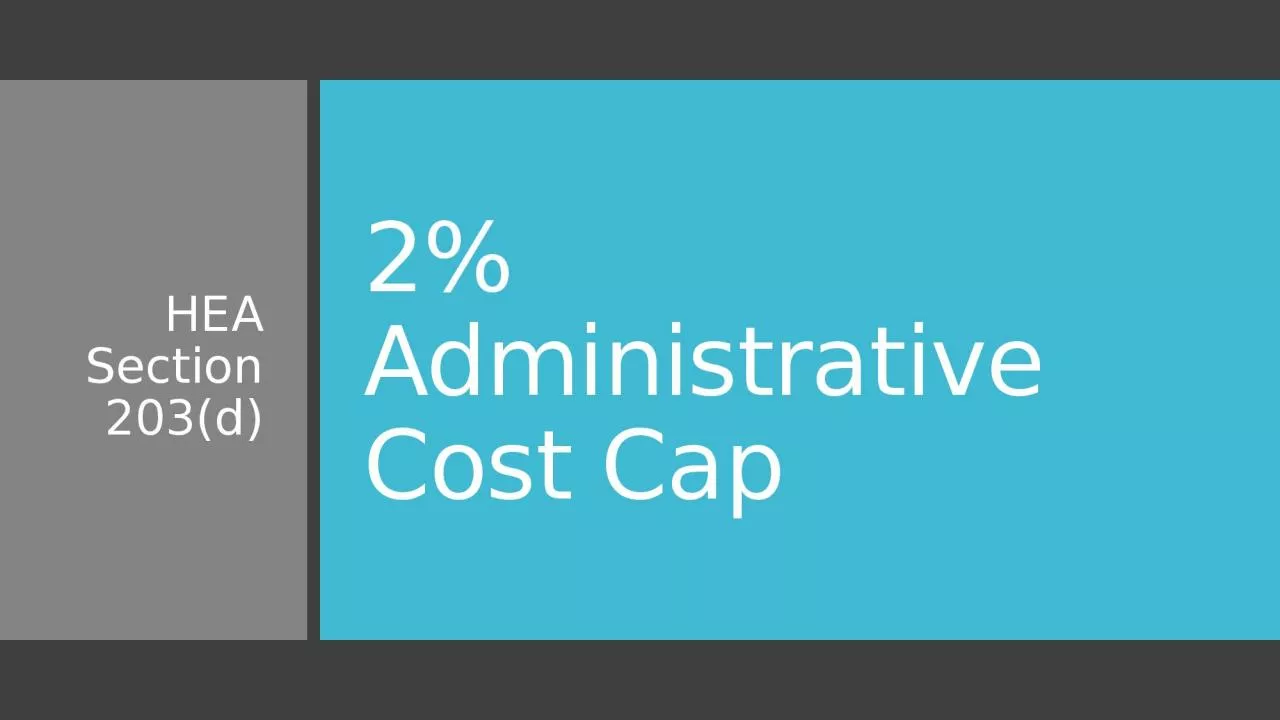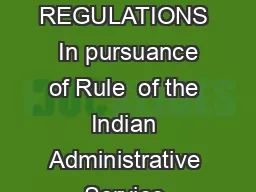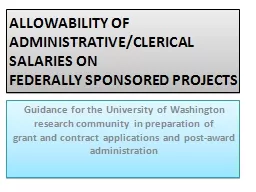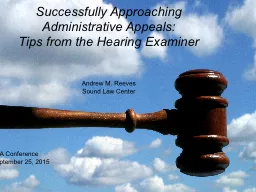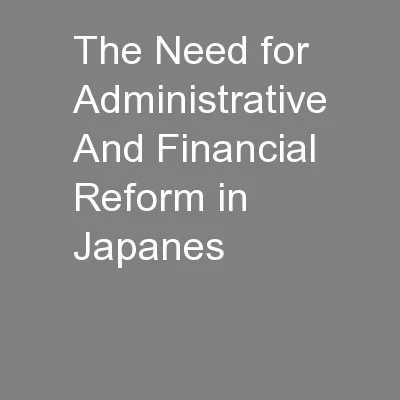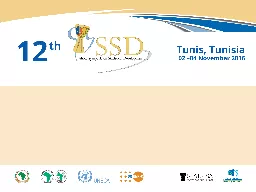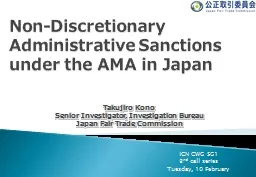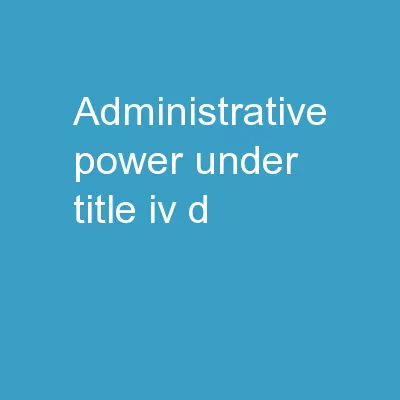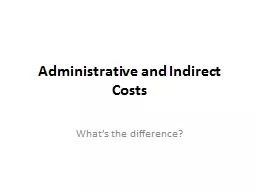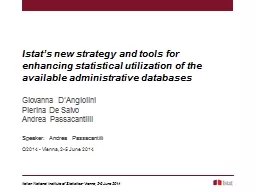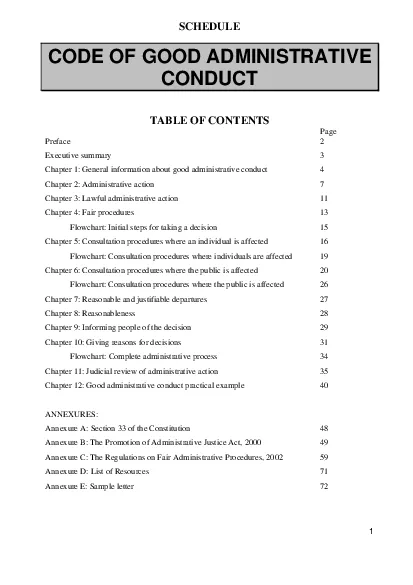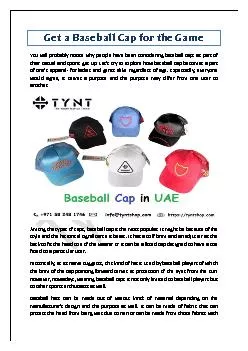PPT-2% Administrative Cost Cap
Author : clara | Published Date : 2023-06-25
HEA Section 203d What is the 2 Admin Cost Cap and What are Admin Costs An eligible partnership that receives a TQP grant may not use more than two percent of the
Presentation Embed Code
Download Presentation
Download Presentation The PPT/PDF document "2% Administrative Cost Cap" is the property of its rightful owner. Permission is granted to download and print the materials on this website for personal, non-commercial use only, and to display it on your personal computer provided you do not modify the materials and that you retain all copyright notices contained in the materials. By downloading content from our website, you accept the terms of this agreement.
2% Administrative Cost Cap: Transcript
Download Rules Of Document
"2% Administrative Cost Cap"The content belongs to its owner. You may download and print it for personal use, without modification, and keep all copyright notices. By downloading, you agree to these terms.
Related Documents

